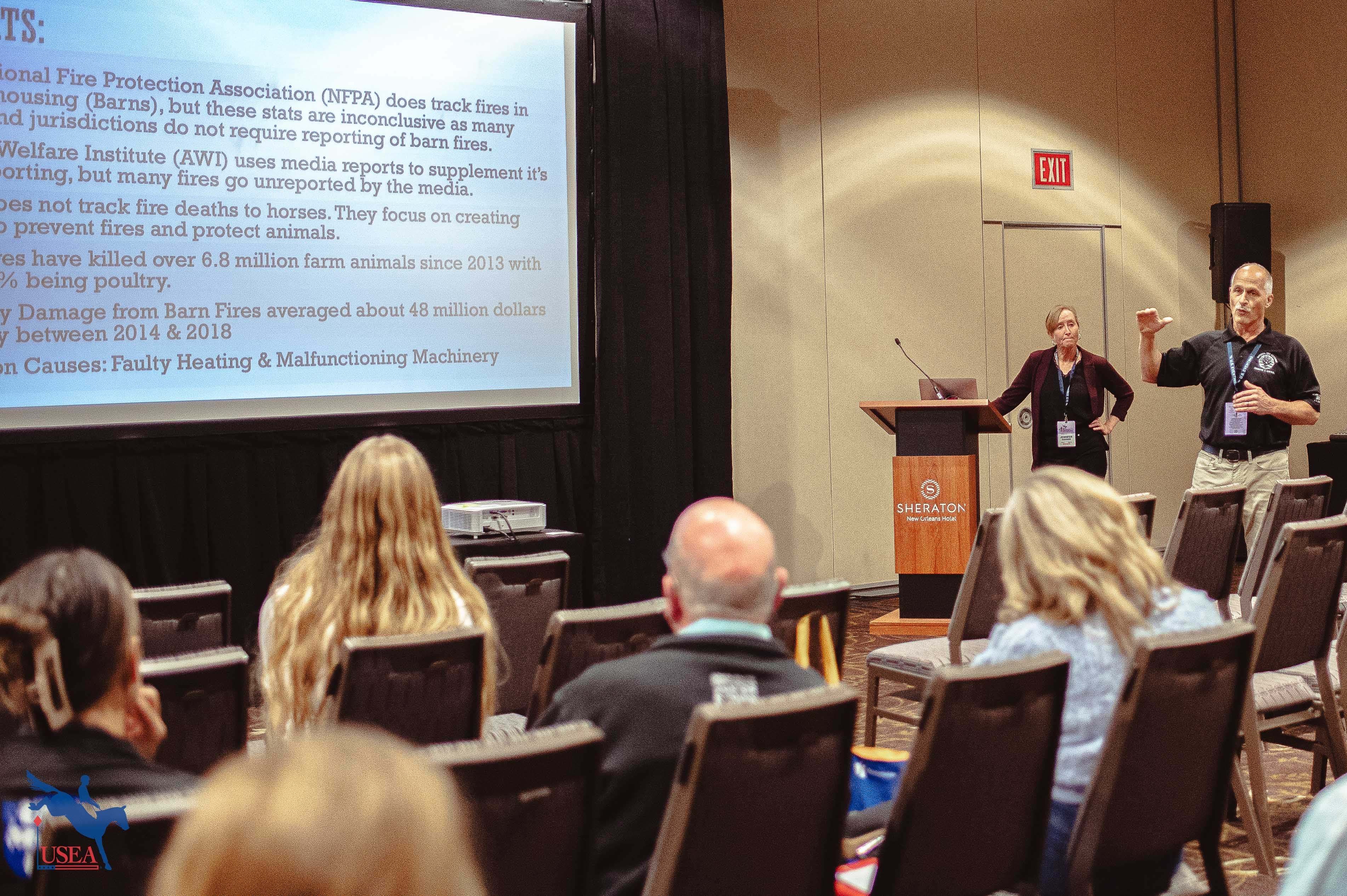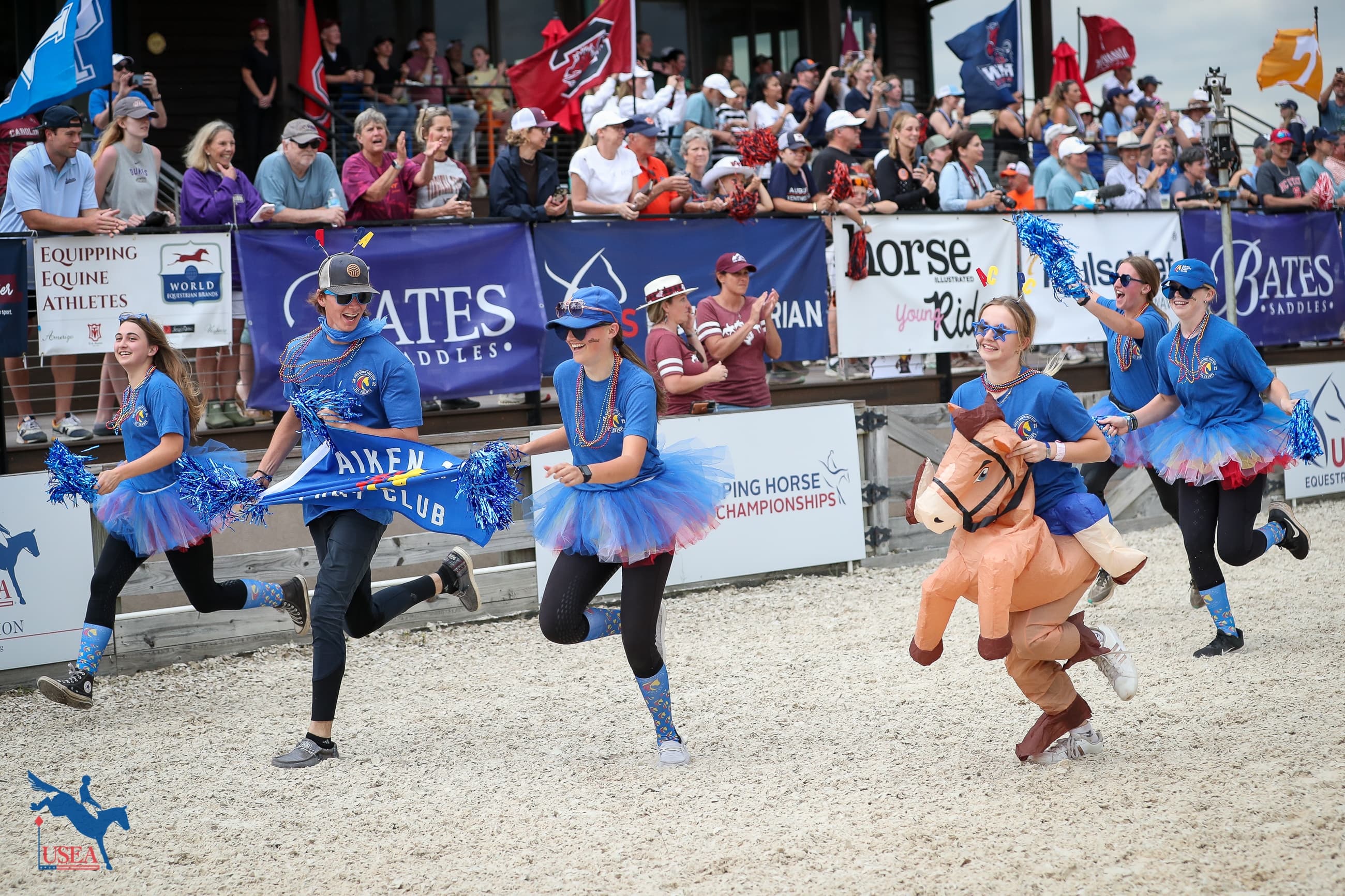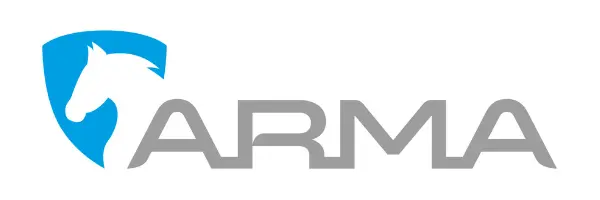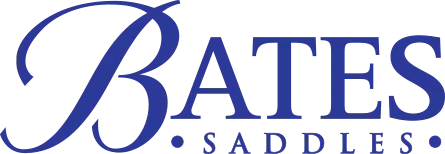Neuroathletics for Riders: Innovative Exercises That Train Your Brain and Change Your Nervous System for Optimal Health and Peak Performance
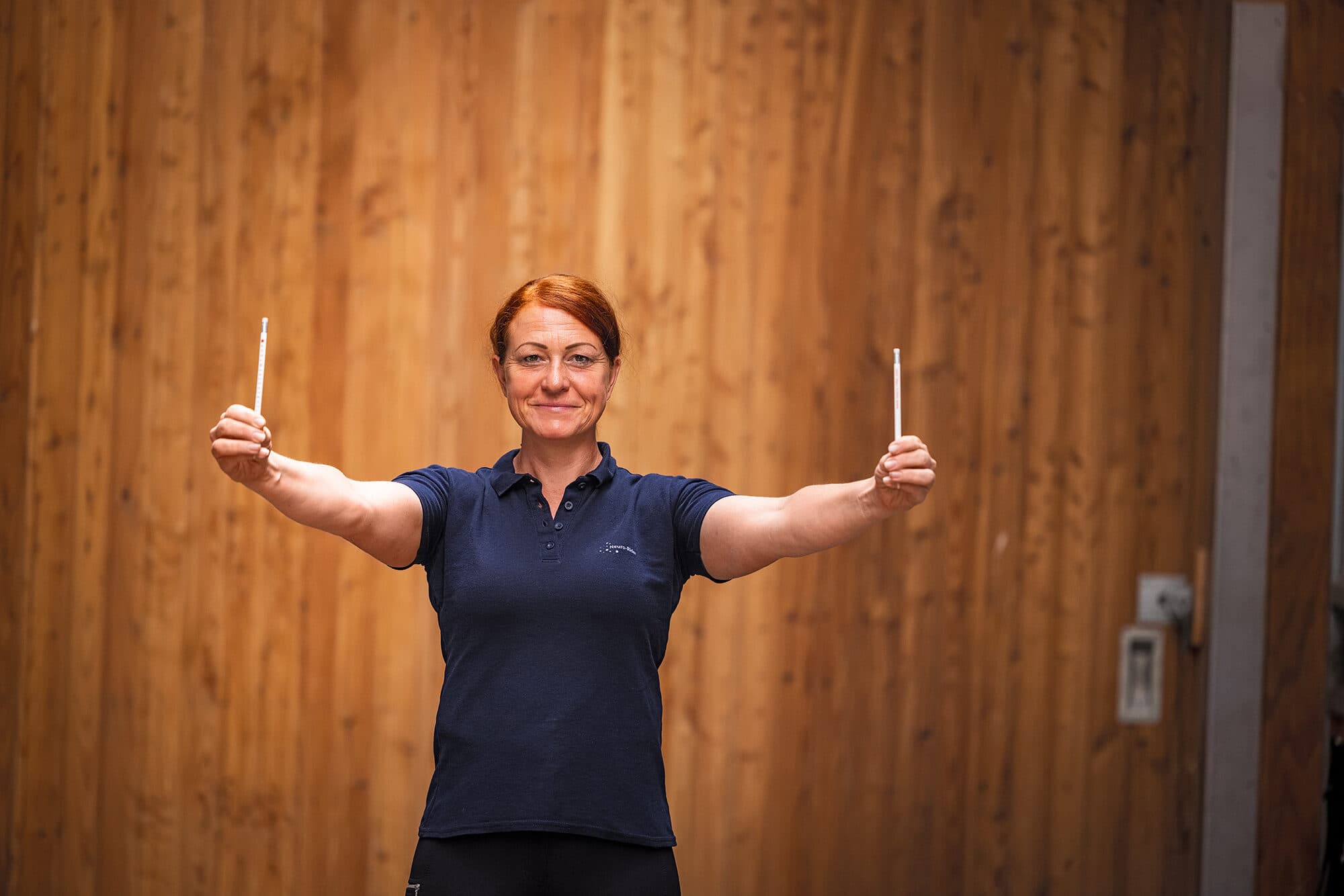
The following is an excerpt from "Neuroathletics For Riders: Innovative Exercises That Train Your Brain and Change Your Nervous System for Optimal Health and Peak Performance" by Marc Nölke and published by Trafalgar Square Books/HorseandRiderBooks.com. To order a copy, click here.
What is Neuroathletic training? It’s using the power of brain science to unlock an athlete’s full body potential. Every movement of the rider's body starts in the brain. Olympic competitor and coach Marc Nölke explains how to direct the specific areas of the brain that control stability, sense of rhythm, precision of movement, breathing, and vision. With his unique brain-focused exercises, riders learn how to change the input sent to their brain to get healthier, more athletic output.
Training Your Vision System
BETTER VISION FOR POSTURE AND STABILITY
Most of us weren’t taught much about how the eyes and vision work, and we definitely weren’t taught to train our eyes and visual system in the brain just like we can train our heart and muscles, or skills such as strength and flexibility. You can exert a powerful influence on your brain with these basic exercises—and eye exercises aren’t just beneficial for riders, they’re genuine anti-aging medicine for everyone.
SACCADES
Focus on: Your head doesn’t move, but your eyes do—can you see your target clearly? Saccades are very rapid eye movements from one focal point to another focal point. With Saccades, we should very quickly and very
precisely find and see a visual target clearly, which allows us to rapidly understand what we’re seeing.
How to do it:
Begin in a neutral position, and hold two visual focal points (business cards with letters or pencils work) at eye level, 18 inches (0.5 meters) in front of you.
[insert photos; these are the captions]
1 Starting position: Your head doesn’t move.
2 Saccade to the right, and from there…
3 …Saccade to the left.
Without moving your head, allow your eyes to jump back and forth from one target to the other. Allow your gaze to rest on the target until you can see it clearly and identify it. Start by doing Saccades for 30 seconds to a minute.
Do the same with all other Saccade directions—vertical (from the top down), and along both diagonal axes.
TRAINING TIPS: SACCADES
• Improve the precision of your Saccades. There tend to be inaccuracies when doing Saccades. Either the eyes jump a little too far and then have to correct themselves by taking a small jump back (the technical term for this is hypermetric), or the eyes don’t manage to jump all the way to the target and have to do another “mini-hop” to reach it (we call this hypometric). Without a coach watching your eyes, these issues can be difficult for you to identify. Just give the following a try and decide whether your eye movement feels better and more precise. You’ll have to practice a little before it works.
• For hypometric Saccades: Do “micro-saccades,” lots of little jumps in one direction—for example, a series of sticky notes along a wall.
• After every Saccade, do six to seven small head movements, as if you are shaking your head “no,” while your eyes remain on the target. Always press your fingers into the ball of the hand corresponding to the direction in which you are doing the saccade. This might seem strange at first, but you’ve no doubt heard of the concept of hand-eye coordination. This uses the same areas of the cerebellum that are strongly involved in “coordination control” between the ocular-motor and manual-motor system.
• For hypermetric Saccades: Do “microhead-eye Saccades,” moving your head and eyes from target to target at the same time. Make sure the distance to the target is very small (micro!). After every Saccade, do Gaze Tracking in the opposite direction.
• You can also do this drill with your weaker eye. Through a test-retest strategy, you can find out whether doing the drill with one eye is more effective for you.
• Use 5 to 10 sticky notes for a series of Saccades in one direction.
IMPORTANT!
Every Saccade direction has a different profile for its brain activation pattern. For example, Saccades to the left activate the right frontal lobes, along with the pons in the left brainstem and the left cerebellum. If you have a stability problem with one
side of your body, an isolated series of Saccades in just one direction can be a very helpful stimulus. Equally, if you have a problem with accuracy of movement on one side of your body, then the cerebellum is responsible for this.
About the Author
Marc Nölke is a systemic-integrative coach and certified ZHealth trainer. A former Olympic ski jumper, he suffered a crashing fall that ended his competitive career. He rehabilitation led him to discover neuroathletic training techniques. He has since coached national teams in Austria, Germany, and the United States, including Olympics and World Championships. He has now used his expertise to develop a “Neuro-Rider Program,” with a focus on providing unique training options to further equestrian performance goals. He is based in Cologne, Germany (marcnoelke.de).

